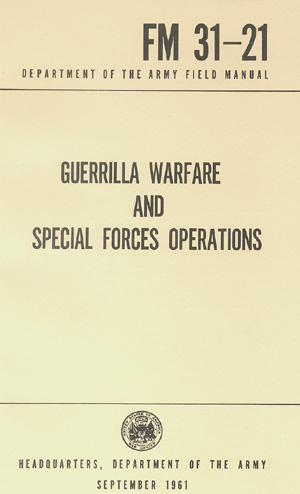In previous posts the ETHOS of the insurgency was explained, here and in the next two parts some points will be presented regarding the structure of the insurgency. The failure to challenge the OPFOR regime thus far, has been due to the fact that the structres and mindset of the opposition were not created or geared to fulfill the specific task at hand.
The ability of insurgent movements to compensate for the material superiority of their opponents by acquiring popular and external support is closely related to their organizational skills.
As an insurgency is more a political phenomenon than a military one, keep in mind the great amount of time and effort insurgents devote to organization, either on the elite level, if it is selective, or the mass level if it is one based on mobilization.
Three structural dimensions – scope, complexity and cohesion and two functions – instrumental services and channels for expressive protest are to be noted.
In Part 1 the focus will be - scope, complexity and quality of organisation.
Scope
This refers to the numbers and kinds of people across the ‘political spectrum’; playing key roles in the movement, or provide support.
Complexity (parallel government)
The way the various arms of the insurgency are coordinated, military, political, economic and social. The greater the quality and complexity of the structure, (inclusive of front organisations, full and part time units) the more this allows insurgents to influence popular support and support the psycho social demands of the host population, taking advantage of any opportunities for success and any OPFOR weaknesses.
The progress of any insurgency facing a resolute OPFOR is based upon the quality of organisation. Whether support materializes is based upon this simple fact. Without a firm network internally and externally failure is assured, the reliance upon a small cell that ignores wider complexity ignores the strength of the OPFOR and the nature of the environment and its many challenges.
Individuals fail due to isolation; scattered pockets of dissent fail because there is no depth of support. A centralized command / organization structure that standardizes the movements into a cohesive force with a unified sense of direction and integrated plans and a shared grand strategy levels the playing field against the OPFOR and allows the full potential of the guerrilla movement to be used.
The support from the population must be earned never assumed. 90% passive approval translates to only 10% active support.
The OPFOR, are not inept, nor are they significantly disunited (contrary to propaganda and popular media reports). They are highly sophisticated and motivated by desperation to hold onto their status and material comforts; their allies are motivated by the chance to snatch Zimbabwe's resources and infrastructure.
Countering their influence with poor attitudes, poor analysis, poorly conceived policies and contradictory plans will only result in total failure.
Lack of properly functioning networks on the ground and externally will lead to wrong and fatal assessments of the reality of the conditions. Popular support for change may come from areas that are full of people who are unhappy but also too scared thus not active. The assessment must be able to separate between those who are merely ‘upset’ and those who are ‘upset and ready for action’.
Failure is not an option.




No comments:
Post a Comment